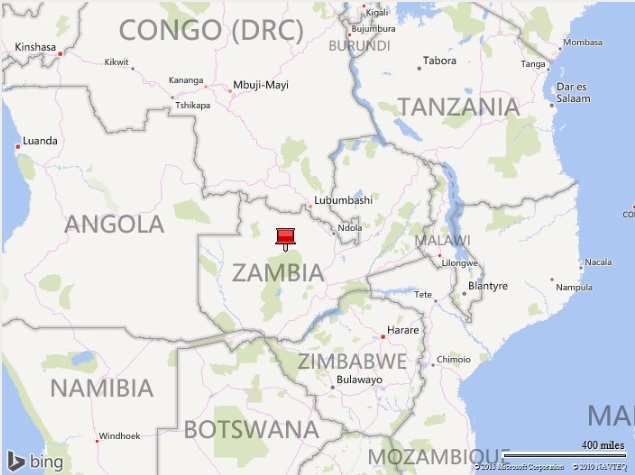Victoria Falls and Iguaçu Falls
Click here to read a follow-on article about Victoria Falls and Iguaçu Falls with photos.
I’ve had the rare opportunity over the past year to visit two of the world’s largest waterfalls. I visited Iguaçu Falls on the Argentine-Brazilian border in February 2009 prior to leaving South America, where I had lived for two years. I just returned from a short weekend trip to Victoria Falls on the Zambian-Zimbabwean border, which is a six-hour trip from Lusaka, Zambia by car. As measured by water volume, these two waterfalls are two of the largest and arguably most spectacular waterfalls in the world.
It’s easy to make comparisons between the two. In truth, both waterfalls are equally impressive. They’re different, so it’s difficult to say whether one is “better” than the other. Iguaçu Falls is larger by volume and longer. It comprises numerous waterfalls that give it a layered effect, and it stretches over a longer distance than Victoria Falls. The Parana River above Iguaçu Falls collects at the top of the falls and cascades down over what must be a stretch of five miles or longer. At the same time, Iguaçu features a boardwalk on the Brazil side that puts you near the heart of the waterfall, the “Devil’s Throat” (La Garganta del Diablo).
Victoria Falls appears visually larger than its Latino counterpart. The sheer “in your face” effect it offers you while the Zambezi River spills over is incredible. The pathway on the Zambian side puts you very close to a massive wall of water that drops at least a couple hundred feet in front of you. Although I wore rain gear, I was soaking wet when I passed close to the falls – wetter than I was at Iguaçu.
Although I left Iguaçu Falls convinced that it is unsurpassed in its grandeur, Victoria Falls rivals it in intensely. Of course, visitors to either locale would undoubtedly insist that each waterfall is more impressive than the other. As an objective outsider, I believe that these two falls collectively rank as two of the more beautiful and awe inspiring natural wonders of the world. If you ever have a chance to visit either one, don’t miss out. You won’t be sorry spending the money and time to behold two of God’s greatest creations. In this respect, I feel blessed to have experienced both.





